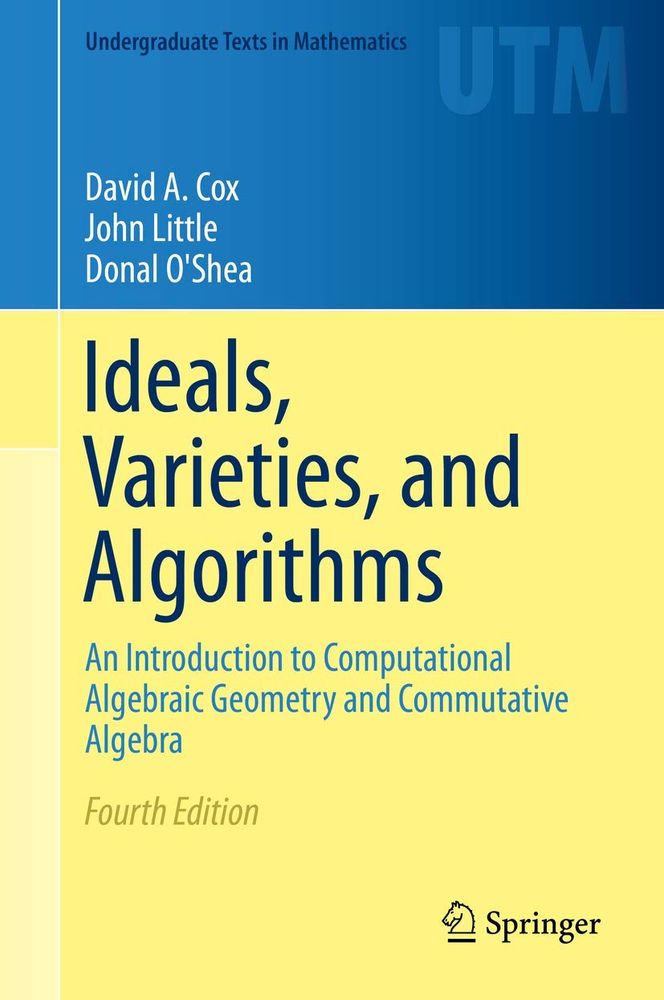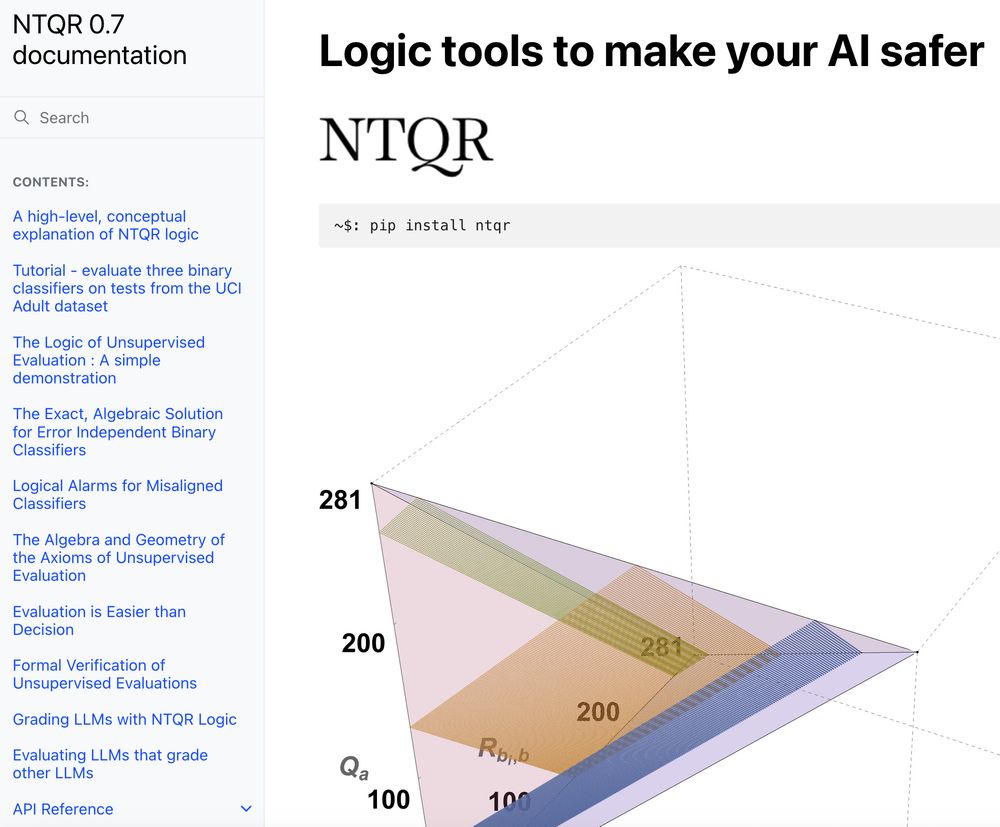





The M=1 axioms then come into play.

The M=1 axioms then come into play.














So again, @beenwrekt.bsky.social , observation for decision theory does not apply to evaluation theory. Universal laws without iid assumptions that say more is better exist.

So again, @beenwrekt.bsky.social , observation for decision theory does not apply to evaluation theory. Universal laws without iid assumptions that say more is better exist.




















